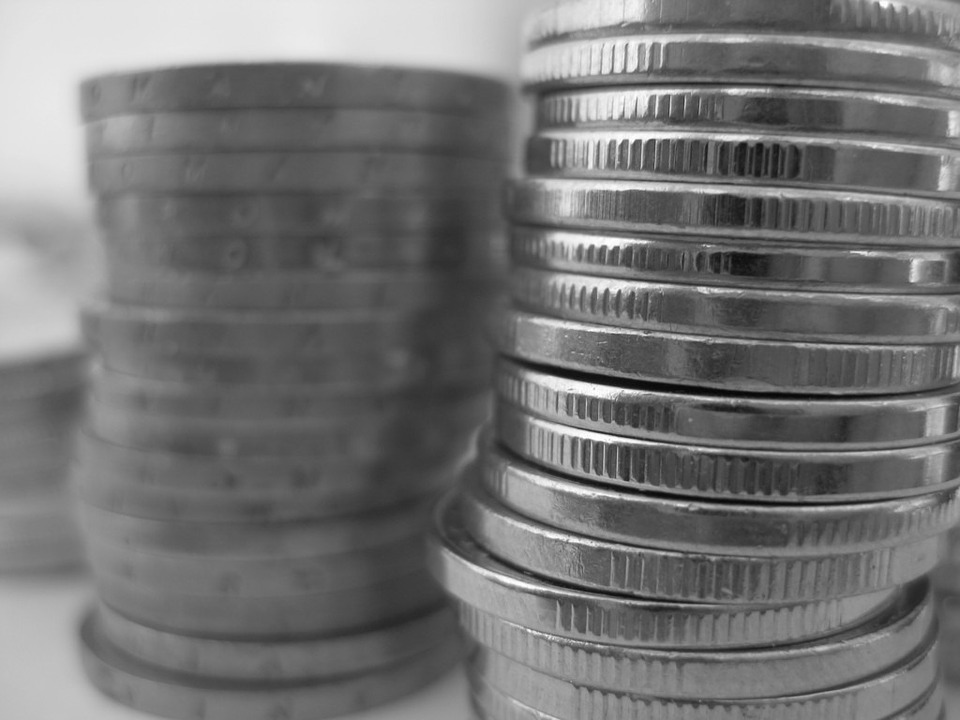
How to Clean Silver
As many of you will be aware part of gold’s intrinsic value is its timeless lustre, gold has the useful property of being tarnish resistant and can retain its lustre over hundreds of years with little maintenance. This property of gold has often been used as a method to identify less than pure gold. But what happens when your item is made from silver, the other precious metal that people often invest in. Silver does not have the same tarnish resistant property as gold and over time will gain deposits that spoil its appearance and potentially reduce its resale value. The process of tarnishing suffered by silver is similar to, but not the same as, the rusting that we are all familiar with in Iron products. Silver tarnishing takes place far more slowly and is restricted to the top most layers of an item but still causes damage to the item.
What follows are some simple methods that you can employ to clean your old and tarnished silver products.
How to Clean Silver: Methods
The first and perhaps best option is to stop the metal from tarnishing in the first place. If an item is to be stored away long term with display not being a priority we can look to the museum world where a product known as renaissance wax is used to create a barrier around items that are in long term storage. By applying this, or other polishes, to your clean items before storage you can effectively prevent additional tarnishing over time. This method may not be appealing to all as it does effectively limit the display potential of your items and requires some preparation work and expense. An alternative would be to invest in a storage container that contains an anti tarnish material that should also limit the build up of the tarnishing residue.
If you already have tarnished silver no amount of appropriate storage will rejuvenate the appearance, you need to take action to restore the original appearance. Museums use gentle products based upon calcium carbonate that are unable to scratch the items being cleaned however this work can be time consuming and costly depending on the amount of work needed.
You can also use good old fashioned elbow grease to remove deposits although care should be taken not to scratch the surfaces and wear away at any designs or hallmarks present which would affect future resale values. This is unlikely to happen the first time you clean, but with repetition over the years of ownership can have a significant impact upon the overall quality of an item.
Finally it is also worth considering if the deposits form a pleasing patina on the item, when dealing with old jewellery for instance the appearance can often be enhanced by an element of tarnishing that adds to the antique quality and different people will have different opinions on the aesthetic value of these silver items.

+ There are no comments
Add yours